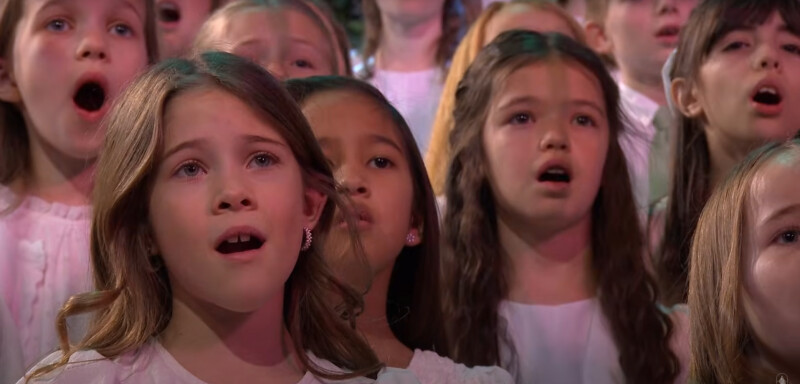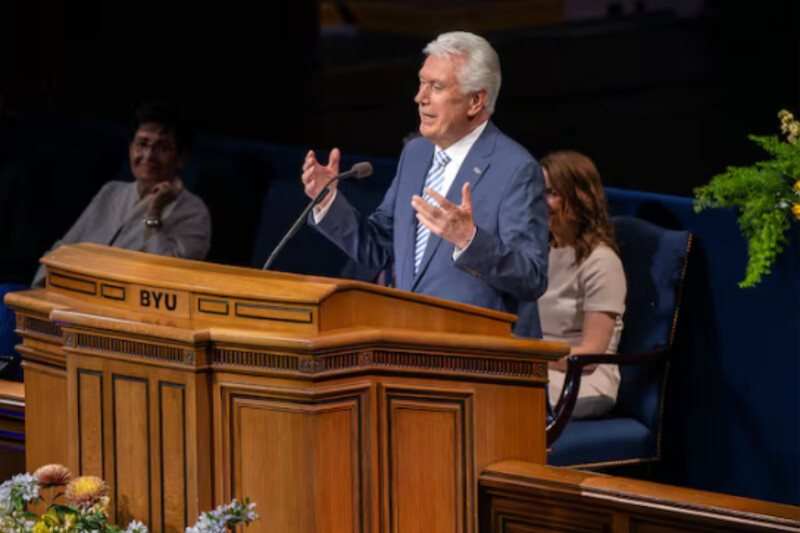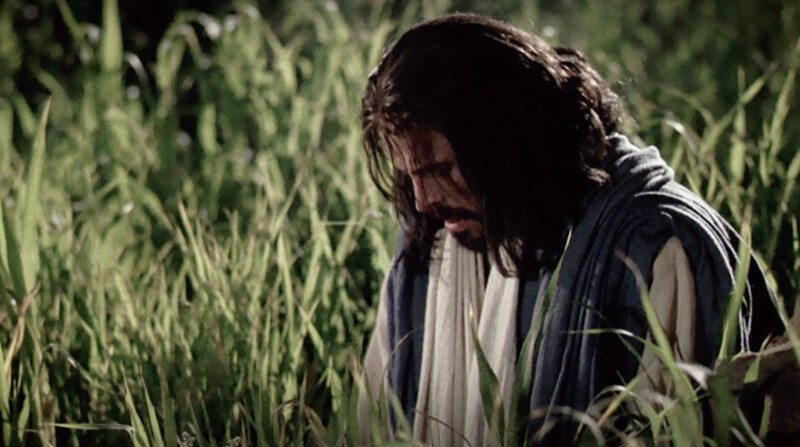The following is an excerpt from a talk given at a BYU Easter Conference. To learn more about this year's BYU Easter Conference held on Friday, April 8, 2022, click here. The following text has been edited for clarity.
On Good Friday we gather to commemorate all that Jesus Christ did for us in the final week of his life, and we prepare to celebrate his Resurrection on Easter morning. From third to eleventh grade, I grew up in the greater Pittsburgh area, where most of my friends were Roman Catholics or mainline Protestants. This was an area where we always had fish on Fridays in the school cafeteria and where many of my friends were excused from school on Good Friday. Growing up as a member of the Church, I used to wonder, “What is so good about Good Friday?” I knew that it was the day when we commemorated that Jesus had died for us on the cross, but celebrating it as a holiday was not part of either my church or family traditions.
Now it is, and I would ask the question “Why not Good Friday?” Only over time have I come to understand better the meaning of this day. Only as an adult did I come to learn that “good” here might have been an archaic way of referencing God, as when we say “good-bye,” which originally meant “God be with ye” or “Go with God.” That aside, it is good because it was “holy” Friday, the day when, as Paul says in Romans 5:8‒12, we were reconciled to God by the death of his Son. The Crucifixion, which stands starkly and painfully as the central feature of this day, figures as one of the central features of the teaching of Paul, who wrote, “For I determined not to know any thing among you, save Jesus Christ, and him crucified” (1 Corinthians 2:2) and “God forbid that I should glory, save in the cross of our Lord Jesus Christ, by whom the world is crucified unto me, and I unto the world” (Galatians 6:14).
Why Mormons Don’t Celebrate Good Friday
A number of factors have probably contributed to why Latter-day Saints do not formally celebrate Good Friday as a holiday per se. Generally, as a faith community we tend to avoid emphasizing or focusing on all the suffering connected with the last day of Jesus’ mortal life.
Many of the earliest Latter-day Saints were descended from New England Puritans, who largely avoided marking holy days, some of them even avoiding celebrating Christmas. Perhaps most significantly, culturally our faith community has not featured the cross in its iconography. Nevertheless, Book of Mormon features prophecies about Jesus’s rejection, abuse, false judgment, and Crucifixion such as 1 Nephi 19:9, 2 Nephi 6:9, and Mosiah 3:9. . . .
Why We Should Reclaim Good Friday
The events between Gethsemane up to and including Golgotha are . . . important parts of our Atonement theology. Book of Mormon prophecies such as 1 Nephi 19:9, 2 Nephi 6:9, and Mosiah 3:9 emphasize how Jesus experienced betrayal, abandonment, rejection, abuse, and false judgment. No wife betrayed by a husband, no child abused by a parent, no friend rejected by another will fail to resonate with Jesus’s being betrayed by the kiss of a friend, abandoned by his disciples, and denied, if only briefly, by Peter. No one who has ever been falsely judged can fail to relate to how Jesus, innocent and pure, was falsely accused and condemned. Through these experiences, Jesus “descended below all things” (D&C 88:6; see also D&C 122:8), and they may have been ways that Jesus shared such burdens.
Reclaiming Good Friday and the cross thus begins, perhaps, by seeing Jesus’s salvific work as an atoning journey rather than as a discrete event in the Garden of Gethsemane. . . . This has led Elder Holland to “speak of the loneliest journey ever made and the unending blessings it brought to all in the human family. I speak of the Savior’s solitary task of shouldering alone the burden of our salvation, . . . these scenes of Christ’s lonely sacrifice, laced with moments of denial and abandonment and, at least once, outright betrayal.” . . .
[P]art of reclaiming the cross [and Good Friday] is seeing it not just as a symbol of death but as a source of new life. . . .
How the Cross and Good Friday Can Help Us Focus on the Living Christ
Commonly, we explain our wariness of the cross by emphasizing that we worship a living Christ, not a dying Jesus. It is true that our Catholic friends utilize a crucifix—that is, a depiction of Jesus on the cross—largely for liturgical reasons because the celebration of each mass is a new sacrifice. But I remember being surprised once when a former Presbyterian friend corrected me when I told her that we preferred to worship a living rather than a dead Christ; she responded that she did too. The cross reminded Protestants that Jesus died for their sins, but it was empty because he was risen and was no longer there on it. I was chastened by her response, realizing that just as we do not appreciate others mischaracterizing our beliefs, neither should we presume to understand or misrepresent the beliefs and practices of others.
While President Hinckley taught that the lives of our people—lives transformed by Christ—are the most meaningful expressions of our faith and serve as the symbol of our worship, he also said, “No member of this Church must ever forget the terrible price paid by our Redeemer, who gave his life that all men might live . . . This was the cross on which he hung and died on Golgotha’s lonely summit. We cannot forget that. We must never forget it, for here our Savior, our Redeemer, the Son of God, gave himself a vicarious sacrifice for each of us.”
And so while I, with you, look forward with eager anticipation to the joy of Easter morning, and while I live each day with a firm assurance that he lives, on Good Friday I pause to think of his suffering and death. . . .
Thanks be to God, who has given us this victory through Jesus Christ, our Lord. I know that he took upon himself our sins, sorrows, and weaknesses in Gethsemane and carried them to the cross. I know that he suffered and died for me and for you. I know that he came forth from the tomb that first Easter, rising with healing in his wings. May we stand as witnesses of this at all times, in all things, and in all places—preaching Jesus Christ, and him crucified and risen.
Editor’s note: This article was originally published on LDSLiving.com in April 2017.
For more profound insights from Eric Huntsman, check out His Majesty and Mission.







